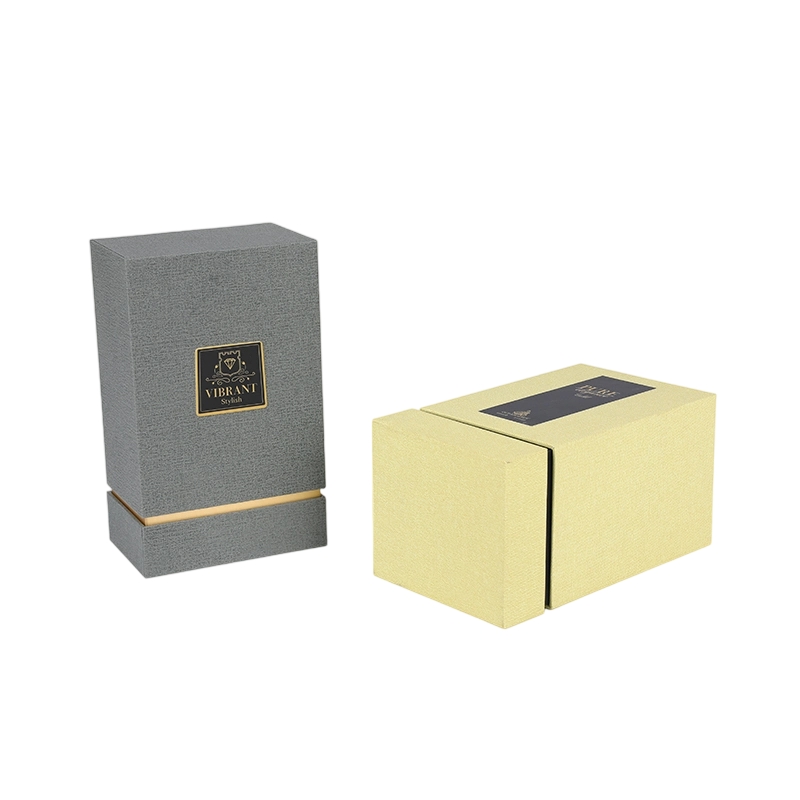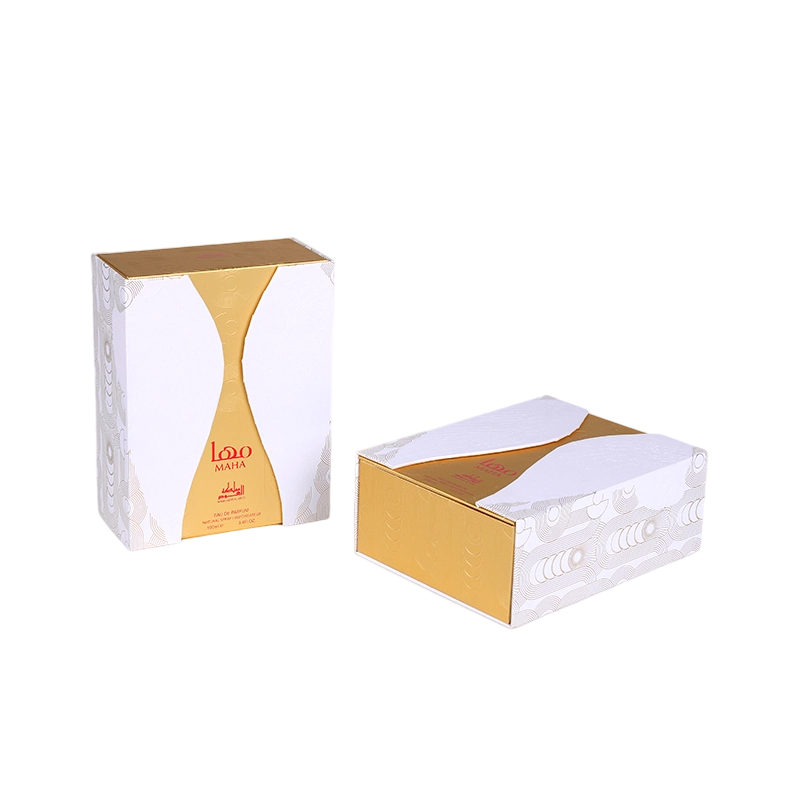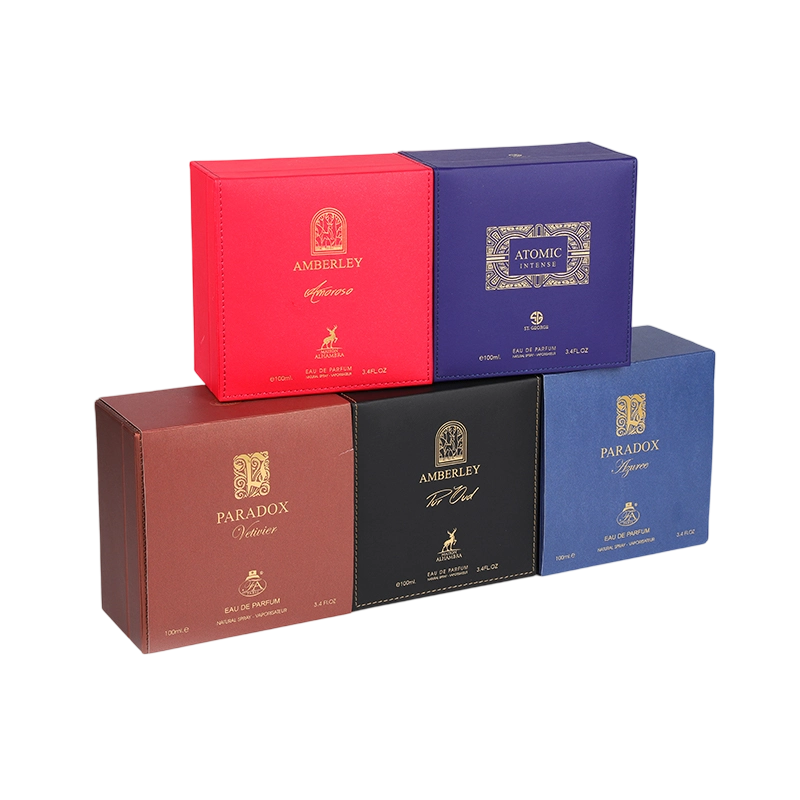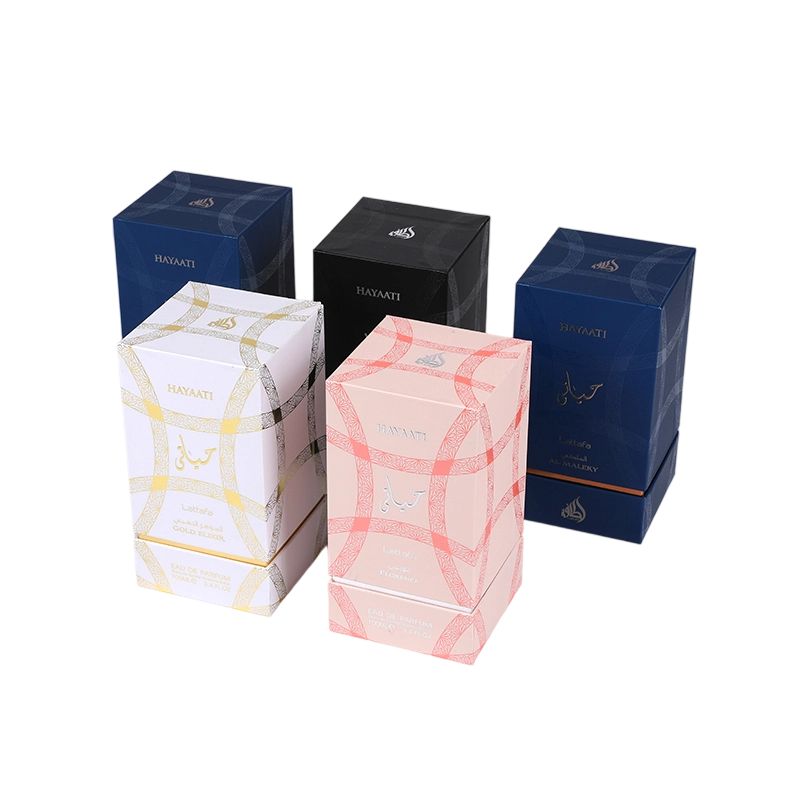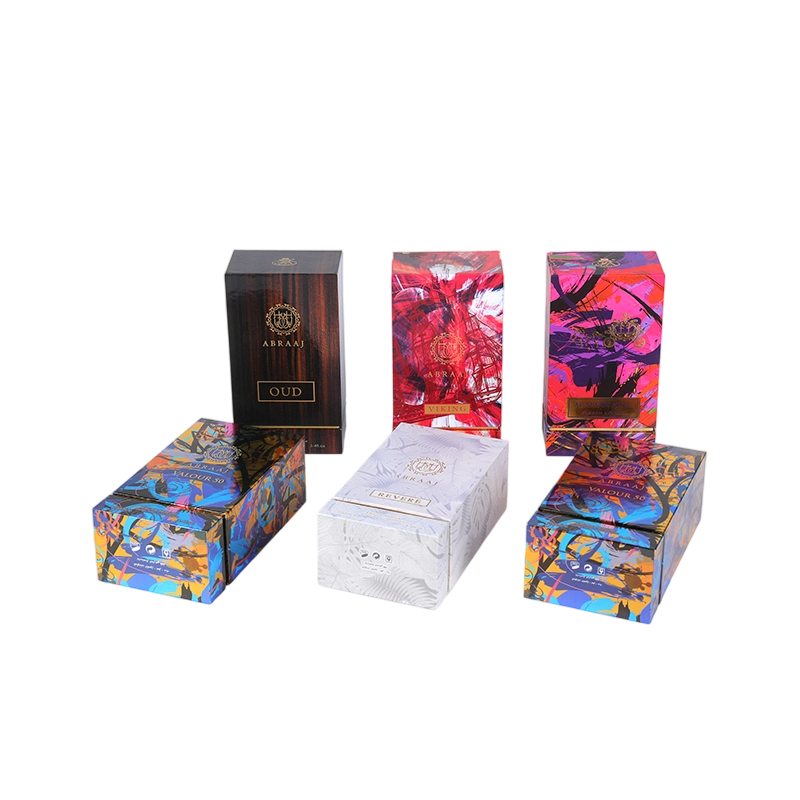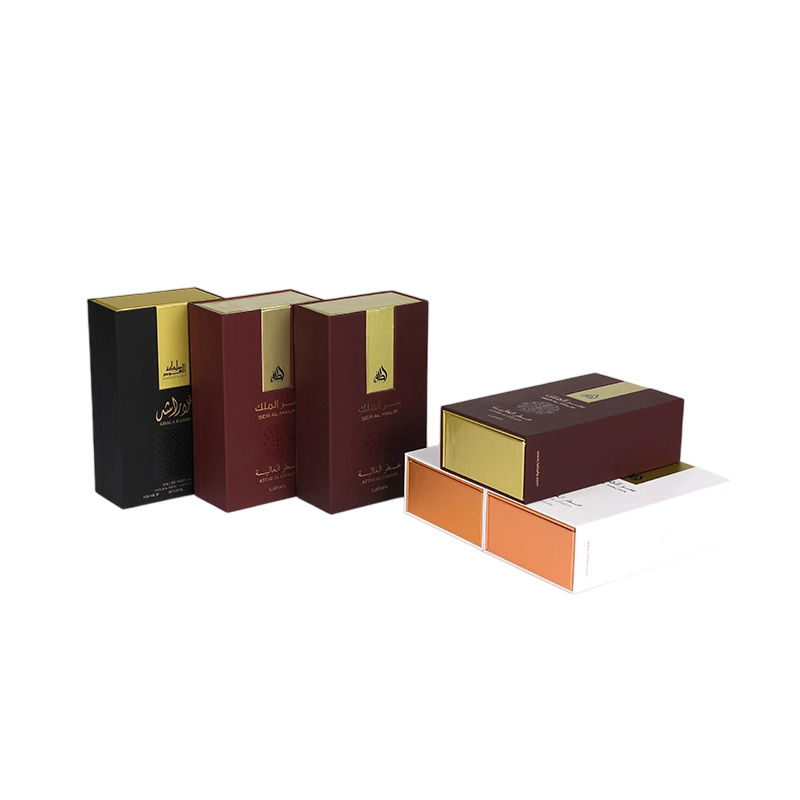Compared with traditional color matching or recording tools, Paper Palette may have several innovations, especially in terms of design concept, function integration, user experience, and technology application.
Traditional color palettes usually rely on users to manually select colors, while Paper Palette may use intelligent recommendation algorithms to provide color matching suggestions. These recommendations not only take into account the user's historical choices, but also make dynamic recommendations based on color theory (such as complementary colors, analogous colors, etc.). Through machine learning or AI algorithms, Paper Palette can automatically generate suitable color schemes based on design scenarios or user preferences, helping users save time and avoid matching errors.
Traditional color matching tools or recording tools are usually limited to a single platform or device, while Paper Palette may support real-time synchronization functions, allowing users to seamlessly switch and collaborate between multiple devices (such as mobile phones, tablets, and computers). For example, designers can color on mobile phones, draw on tablets, or record ideas, and all data will be automatically synchronized and updated, and users do not need to worry about data loss or repeated operations.
Traditional color matching tools are mostly simple color selections, while Paper Palette may provide more complex and systematic color management functions. For example, it can provide users with color sentiment analysis, color trend forecasts, and color contrast optimization suggestions. In addition, it may allow users to save and classify multiple color schemes, helping users better manage their color libraries and call them in different projects.
Traditional recording tools and color matching tools are often single-function, while Paper Palette may integrate recording, drawing, and color matching functions on the same platform. Users can not only select colors, but also perform various creative expressions such as sketching, text recording, and inspiration collection on the same interface. For example, when drawing a sketch, users can directly select colors from the palette to match without switching different tools or applications.

Traditional color palettes are often just simple color blocks or color rings, and users need to select colors by clicking, sliding, or entering RGB values. Paper Palette may select colors in a more intuitive and interactive way, such as using gestures, dragging the palette, or helping users choose the most suitable color through real-time preview. It may also provide functions such as color gradients and transparency adjustment to further enhance the user's operating experience.
Compared with traditional tools, Paper Palette may support a higher degree of personalization. Users can not only choose the default color palette, but also create customized color combinations according to their needs, save personal color schemes, and even adjust the interface display style (such as background color, layout method, etc.), thereby improving the user experience.
Traditional color matching tools generally do not have social or collaborative functions, while Paper Palette may allow users to share their color schemes with others, or work with team members to complete a design task. Users can view the color schemes of other designers or users on the platform, and even interact and exchange ideas. This social function not only helps designers get inspiration, but also promotes team collaboration and creative collisions.
Paper Palette may integrate the visualization function of color data to help users analyze the effects of different color schemes. For example, the system can display indicators such as the color ratio, harmony of matching, readability, etc. of a color scheme, and even provide the most suitable color selection for the current project needs through historical data or popular trend analysis. This data-based and rational analysis method is not available in traditional tools.
Compared with traditional color matching or recording tools, the biggest innovation of Paper Palette lies in its intelligence, comprehensiveness and interactivity. It is not just a simple color selection tool, but a multi-functional platform that comprehensively enhances users' creative expression and work efficiency. It makes full use of modern technologies (such as artificial intelligence, augmented reality, cloud synchronization, etc.) to enhance user experience, while also supporting personalized customization, social interaction and team collaboration.

 English
English 中文简体
中文简体 عربى
عربى
